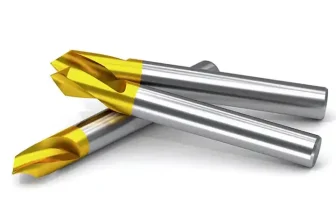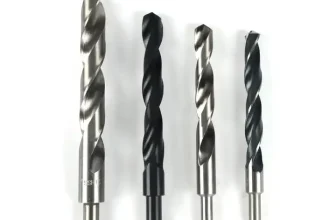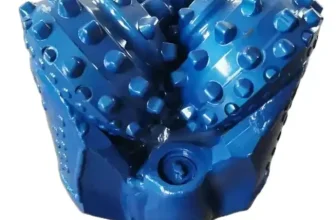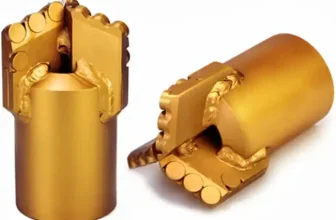When you are trying to figure out the best drill bits for stainless steel there are several different things that need to be taken into account.
One of the most important things that needs to be taken into account when drilling stainless steel might surprise you.
Stainless steel is a hard metal, so using a drill bit made of a hard material is important.
You probably already knew that, but there is something very important that many people do not take into account.
That something else that is also very important is the drill speed used to drill a hard metal such as stainless steel.
The harder the material being drilled the slower the drill bit should be turning.
Drill Bit Material
In general when drilling hard materials like stainless steel should be drilled using a bit that is also made out of a hard material.
If a bit says it is for wood or masonry it is not suitable for any type of metal let alone a hard metal like stainless steel.
If you use a drill bit made from a softer material such as standard carbon steel it will not last very long and dull quickly.
The minimum hardness drill bit material that should be used on stainless steel is high speed steel (HSS).
Keep in mind, that is the minimum.
If you plan to drill one or two holes then high speed steel would be an ok choice.
On the other hand, if you need to drill several holes or will be drilling holes in stainless steel often it would be a wise choice to get bits made from a harder material that is more durable.
Some harder materials to look for when buying the best drill bits for stainless steel are listed below.
These are listed from softer to harder material.
- High Speed Steel (minimum for stainless)
- Titanium Nitride Coated High Speed Steel
- Cobalt Steel
- Carbide Tipped Steel
Something else to keep in mind is that bits made of harder material also tend to be more brittle and can break more easily when subjected to vibration or other stresses such as the bit not being at a right angle to the material.
Check prices on the best drill bits for stainless steel here.
Drill Speed
The drill speed is sometimes also called spindle speed and is usually measured in revolutions per minute (RPM).
Even the best drill bit for stainless steel will not perform at its best if the RPM used is not in the optimal range.
But there is not just one optimal spindle RPM for a certain material such as stainless steel using a certain bit material.
There are other factors that need to be taken into account besides those materials that will dictate the correct RPM you should be drilling at.
You will commonly find drill speed recommendations specified in feet per minute (FPM) when looking at charts that list optimal cutting speeds for different bit and workpiece materials.
So then the question is how to we convert a specification that is in feet per minute (FPM) into one in revolutions per minutes we can use to set our tool’s speed.
One of the main factors when selecting your tool’s RPM setting, besides the material being drilled, is the size of the drill bit being used.
At the same RPM a larger drill bit will have a higher feet per minute (FPM) rate since with each turn since it has a larger circumference.
For more information on how to calculate the feet per minute (FPM) of a drill bit at a given RPM take a look at our article on selecting the best RPM for drilling.
Conclusion
So, as you can see, selecting the best drill bit for stainless steel is likely a little more involved than you might have thought.
Picking the right drill bit material and the correct drilling speed will go a long way to make sure your stainless steel drilling will be as pain free as possible.







